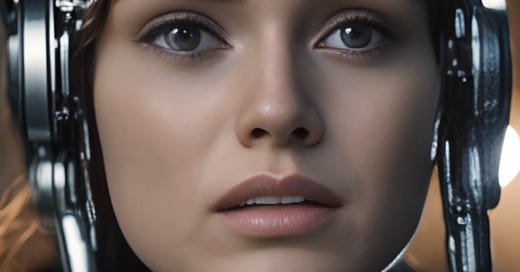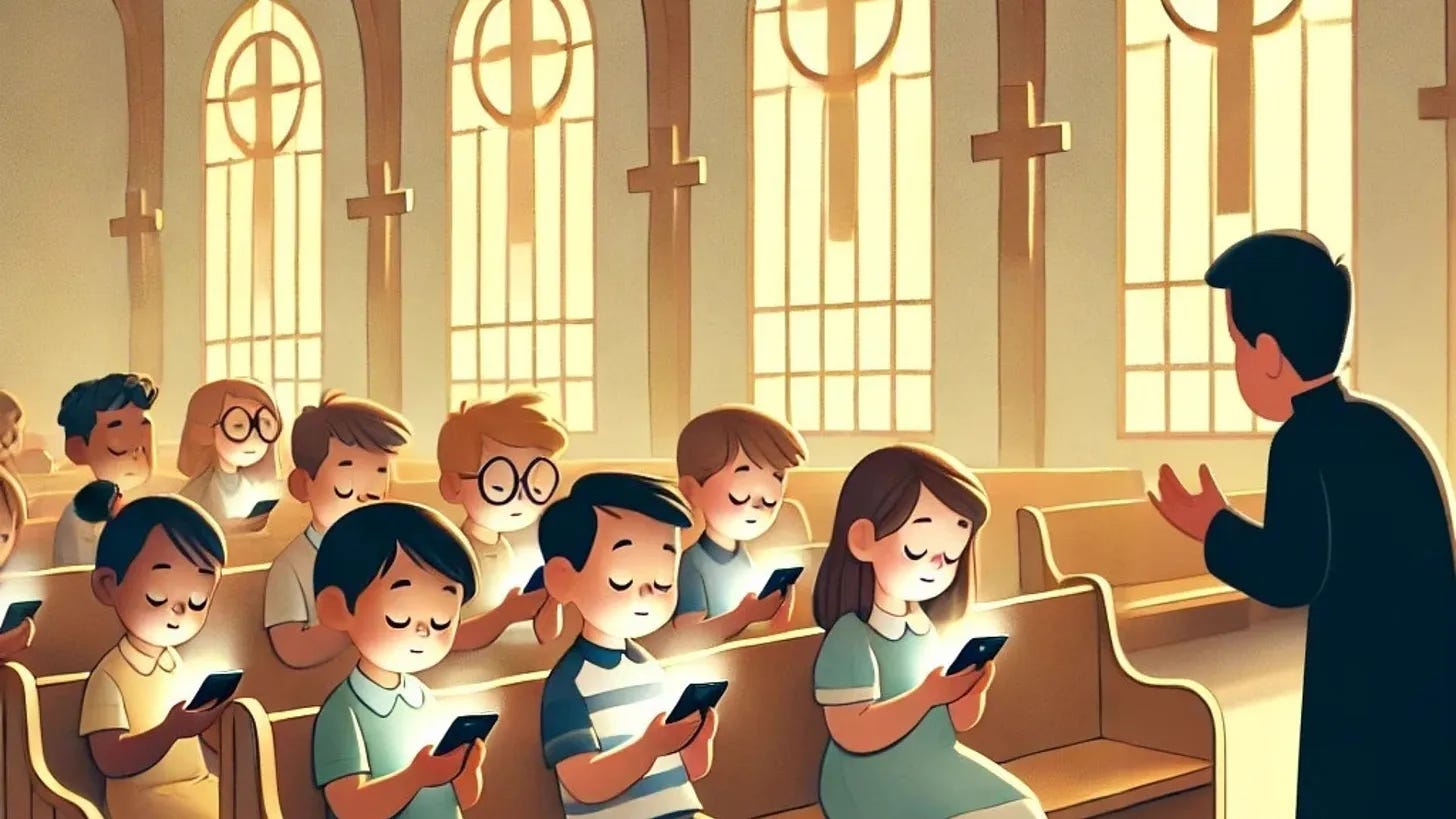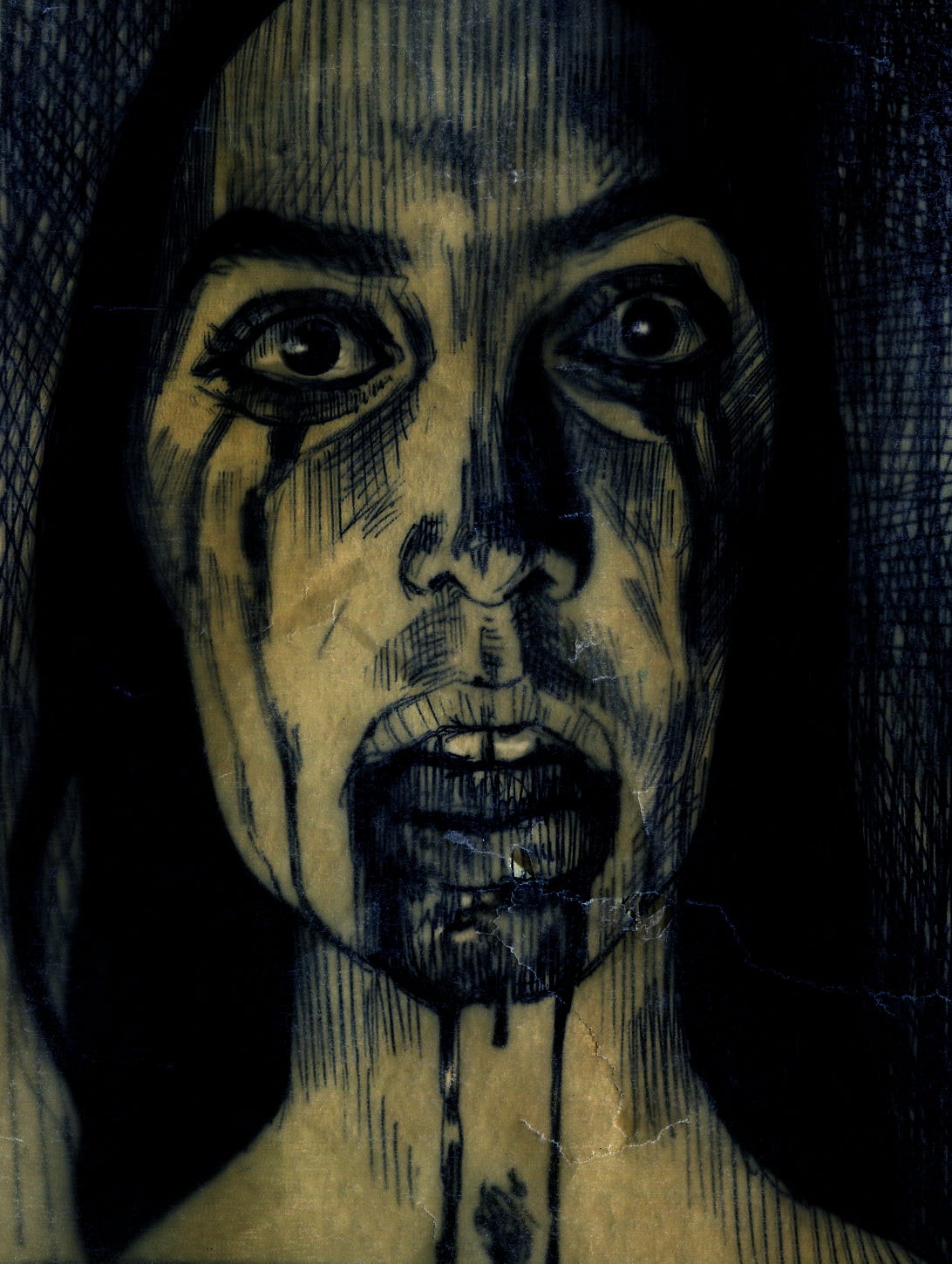We possess art lest we perish of the truth.
Friedrich Nietzsche
Welcome to the whirlwind. We have the ultimate escapism, we can create the world and the people we want to live in it—-long live the simulation.
Marshall McLuhan, professor, philosopher, media theorist in the 1960’s. He seemed to have a crystal ball foreseeing the future of media—the medium is the message, the global village, hot and cool media….and then there is this———
“previously we had no choice but to trust the word of our teachers and the text from their books, we can now cross-check accounts of an event with relative ease in a range of media…the combination of pictorial information and the immediacy of mass media makes deception much harder to achieve.”
That was then, when a photo was a true document of an event and not a potentially manipulated construct from a bad actor, and mass media wasn’t mass delusion. He should have read more Plato.
Speaking of mass delusion. Sorry, couldn’t resist the pun. Ok, you can understand my confusion. The A.I. gen image above was used in a guest post decrying the negative effects of technology on the social and moral formation of people, in Jonathon Haidt’s After Babel Substack. Haidt is a huge advocate for reversing the phone based childhood. It’s an apt image for the post, ( I enjoyed the post) but the use of a ChatGPT image—-I just had to be a reply guy on this one…
You lost me right at the beginning with the casual brutality of using a text to image generative A.I. Illustration. There is no better example of the insta-soup magic that is decried in the post, than autonomous images. The formative contexts of our engagement with the world is profoundly built through materials, time and imagination. These images are as much an assault on human imagination and engagement with ideas as the brain rot of TikTok. Maybe modelling a more engaged and deeper human centred magic can also include the images we choose to express ourselves through…
Images were our first cultural messages and the messengers like all bearers of good or ill have been revered and reviled. The profound change we are making in A.I. images is removing the messenger from the message. This is the same as replacing human contact and love with an A.I. partner and virtual sex. There is a price to be paid, just as I knew that the first time I posted my art on Instagram I was bargaining with the devil. The account came due with all social media scraped and repackaged as a product. We continue to feed it, all of our friends are there—-but what if they aren’t real? The latest development from the evil brains at the centre of Instagram and Facebook (shared from a great Substack : Charting Gen AI—https://grahamlovelace.substack.com/i/153632183/eye-on-the-ais )
Connor Hayes, generative Al product chief at Meta, told the Financial Times that users would be able to create Al characters that would "exist on our platforms, kind of in the same way that accounts do". "They'll have bios and profile pictures and be able to generate and share content powered by Al on the platform... that's where we see all of this going," added Hayes as he explained how Meta aimed to make its apps "more entertaining and engaging" and Al interaction more social.
Face it, your friends are boring, I’m boring, you are boring and Meta is going to fix this, as Graham says in his post—-what could go wrong?
I really fear the cost we will pay with A.I. gen images, because this cost will be time delayed. The disruption of creative fields is already happening, but I believe we will slow the progress of this scourge, sadly like a fire is slowed by burning things in its path. It is not the generations that are denouncing or delighting in A.I. art today that will be the deciders—-it is the kids. Children raised in a culture of packaged and entertaining/engaging AI people, art, and experiences don’t stand a chance and we have no guard rails up. Welcome to the whirlwind indeed.







